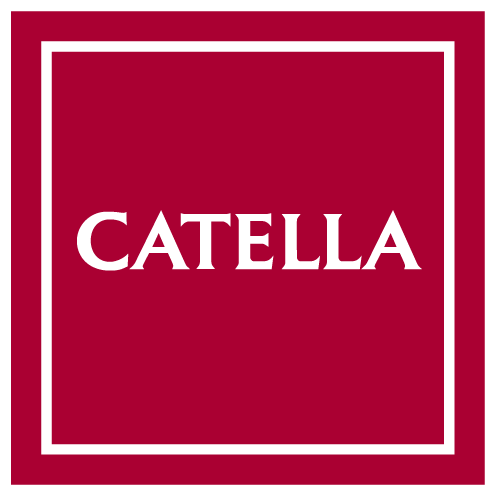Only a couple of months have passed since the start of 2018, but we can already look back on strong market movements. The year began strongly, and at the end of January companies reported figures for the fourth quarter of 2017, which overall exceeded expectations. There were particularly strong reports from cyclical companies. Even the banks, which weigh heavily in the Swedish equity market, came in above expectations.
The Stockholm stock exchange continued to climb during the reporting period, but there was obvious resistance and share price reactions to the reports showed a definite behaviour towards negative interpretations. Reports that were in line or just above expectations were not enough to boost share prices, and companies that fell short were brutally punished. In early February, the stock markets turned and fell 8-10 percent in Sweden and the US over a few dramatic days. This slide was partly driven by technical factors in the derivatives market, but a correction was also on the cards following the strong and essentially unbroken upturn. However, the doom mongers were once again pushed aside when the market quickly recovered and regained much of its losses. That said, the unease persists and at the time of writing we have once again seen the stock exchanges fall steeply before recovering just as quickly. Investors are acting nervously and are concerned. 2018 looks set to be an exciting year for the stock markets, to say the least, but in which direction? Which way should we turn? Will rising interest rates break the positive stock market trend, or is this when the slow and plodding recovery switches into a stronger investment-driven cycle?
At the end of February, the stock market as a whole had risen barely 1 percent from the start of the year, while Catella Sverige Aktiv Hållbarhet had risen 3 percent. Over the past twelve-month period (28 February 2017– 28 February 2018) the corresponding figure is 7.7 percent for Catella Sverige Aktiv Hållbarhet and 5.9 percent for the Stockholm stock exchange (SIXRX). The biggest contributors to the relative return in 2018 were our holdings in consumer/durables, with Husqvarna, Autoliv and a low weighting in HM all contributing to the relative return. The portfolio’s cyclical holdings like Outotec, Hexagon and Assa Abloy were also strong. Our positioning in the financial sector was favourable, with good contributions from an overweight in DNB and a low weighting in Nordea. The fund’s goal is to provide a higher return than the Swedish stock market as a whole through active management, in which company-specific holdings and sector positioning greatly impact the portfolio’s relative and absolute returns. We would like to highlight two significant trends that affect our holdings and contributed to the fund's return.
We believe it is premature to sell cyclical companies, and the fund has a high proportion of companies exposed to an early global investment cycle. An important factor for us is that order bookings reported by these companies have suggested for a couple of quarters that we are facing the next phase of the cycle, as long-term interest rates should finally give momentum to a willingness to invest. One example of this is Volvo, which once again delivered a strong report with truck orders exceeding already-high expectations by 13 percent. The good order situation is the result of European hauliers renewing and expanding their fleets to meet the strong business climate, while the North American market continues to improve, driven mainly by stronger demand for long-haul freight. Volvo has continuously improved its profitability despite the fact that a capacity shortage has been a theme for the entire industry in the second half of 2017, and we expect to see continued profitable growth as production bottlenecks are resolved. Growing order books have also benefited Atlas and Sandvik and, in addition to Volvo, we have broad exposure to Swedish engineering companies. However, we recognise that there is reason for concern and we are keeping a close watch to be able to quickly adjust our positioning.
Sustainability factors are important in a longer investment perspective, when looking for companies that benefit from extended structural trends in addition to good financial and cyclical aspects. In 2016 we began our journey towards integrating sustainability into our investment process. This has resulted in a number of investments in the portfolio. We particularly want to highlight the holding in Tomra, which has clear sustainability trends driving its sales and growth. During the year, Tomra has taken important steps in both of its business areas. Recycling has benefited from Australia opening up the deposit market, while decisions in Spain and the UK are getting closer. Furthermore, technology and strategic partnerships have led to more customer groups and increased margins, while increased savings for customers make it easier to justify an investment in Tomra’s systems. We have reduced our holding following a strong share price trend, but we still have a significant position. Other investments with clear sustainability trends have also been strong, and our goal is to increase the proportion of companies that focus on sustainability.
We still have a lot left of 2018, and the market is always unpredictable. We believe that being agile and flexible in the face of a changing stock market climate will be even more important in the future. At the same time, a short-term attitude among investors will create opportunities for those looking for longer and undervalued trends.

